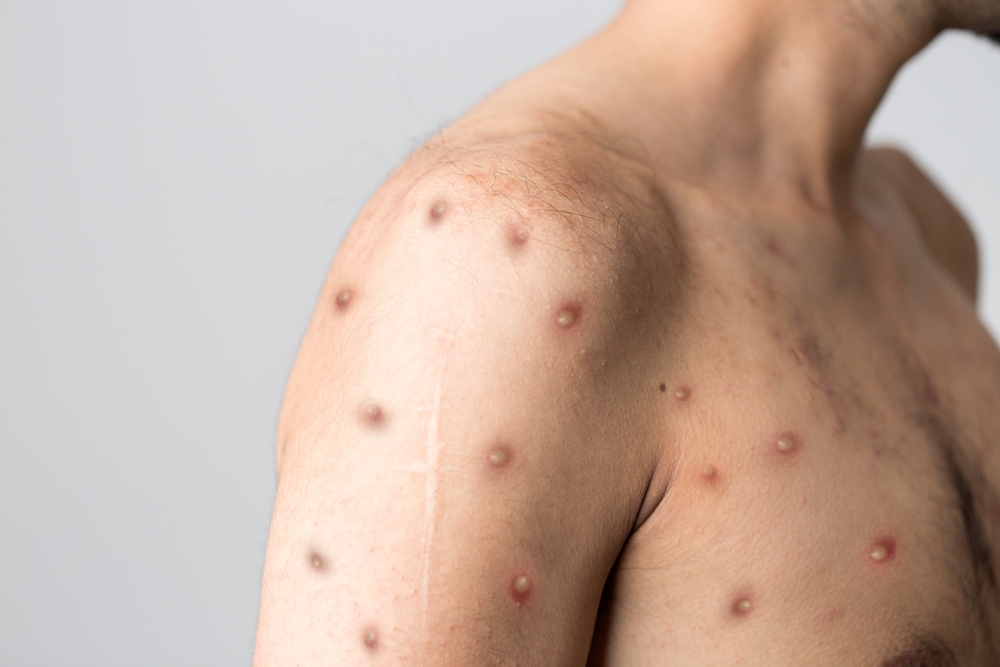On October 3, the National Institute for Occupational Safety and Health (NIOSH) called employers’ and workers’ attention to a Centers for Disease Control and Prevention (CDC) toolkit for monkeypox vaccination in the institute’s October eNews.
Monkeypox is caused by infection with the monkeypox virus, which is part of the same family of viruses as the variola virus that causes smallpox, according to the CDC. Monkeypox symptoms—a rash that can initially look like blisters or pimples and may scab before healing—are similar to smallpox symptoms but milder. According to the CDC, monkeypox is rarely fatal.
The CDC toolkit addresses factors affecting vaccine access, including homophobia, racism, and other forms of discrimination; job access and working conditions; and a lack of trust due to past medical racism and experimentation.
The toolkit includes resources, such as lessons learned from other disease outbreaks like COVID-19 vaccination, lessons learned from hepatitis A outbreaks, and preexposure prophylaxis (PrEP) to prevent HIV/AIDS infection.
Cal/OSHA issues monkeypox guidance
The California Division of Occupational Safety and Health (Cal/OSHA) issued employer guidance on monkeypox. While monkeypox spreads primarily by close or direct contact, it also can become airborne.
Cal/OSHA issued its guidance to ensure workers in California are protected from aerosol transmission. The guidance applies to workplaces covered by the state’s Aerosol Transmissible Diseases (ATDs) standard, which applies in correctional facilities, emergency services and police, healthcare facilities, medical transport, and public health services.
Under the state ATD standard, employers are required to:
- Implement a written program to prevent or reduce the transmission of ATDs specific to the workplace and its operations.
- Provide and ensure the use of respiratory protection.
- Ensure that personal protective equipment (PPE) is provided and used by employees exposed to persons with or suspected to have monkeypox or to linens or surfaces that may contain the virus.
- Implement written procedures for exposure incidents.
- Report exposures to the local health authority.
Total worker health research
In its October eNews, NIOSH also highlighted research into ways that state and territorial health departments can incorporate total worker health (TWH)into their programs. NIOSH’s TWH is the institute’s approach to policies, programs, and practices that integrate protection from work-related safety and health hazards with the promotion of injury- and illness-prevention efforts to advance worker well-being. Many state and territorial health departments have both occupational safety and health (OSH) and workplace health promotion (WHP) programs.
The institute recently funded research at the Carolina Center for Healthy Work Design and Worker Well-Being at the University of North Carolina Gillings School of Global Public Health. Results of a survey of 110 health department contacts across all 50 states, 5 territories, and the District of Columbia appeared in the Journal for Occupational and Environmental Medicine.
Even with limited awareness of TWH approaches, NIOSH noted, most respondents (57% OSH, 64% WHP) reported collaborations between OSH and WHP staff. NIOSH suggested placing staff from both programs in the same physical space or the same organizational unit to foster joint efforts between OSH and WHP.

